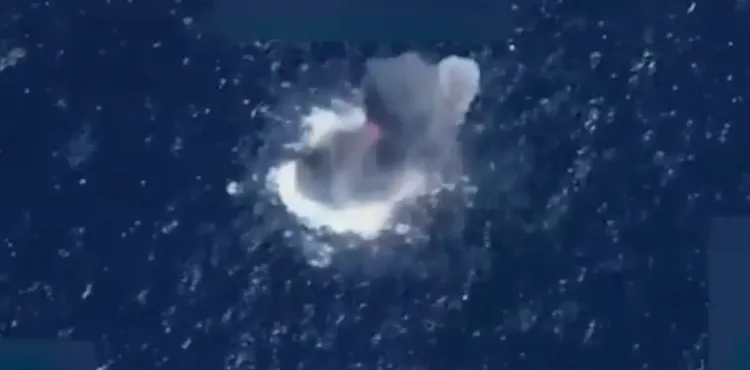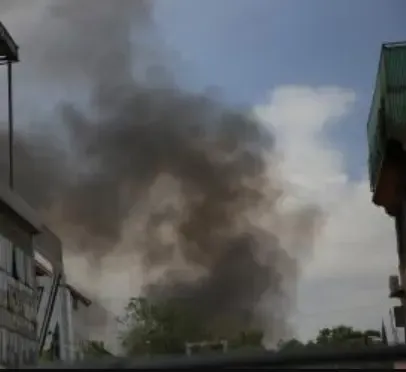How Many Lives Were Lost in US Strikes Targeting Narco-Traffickers?

Synopsis
Key Takeaways
- 14 narco-terrorists killed in US military strikes.
- One survivor rescued and efforts coordinated by Mexican authorities.
- The strikes are part of a broader campaign against drug trafficking.
- US military aims to confront threats closer to home.
- Calls for transparency and clarification on military operations.
Washington, Oct 28 (NationPress) The US military executed three targeted strikes on four vessels suspected of narcotics trafficking in the eastern Pacific Ocean, resulting in the deaths of 14 individuals and leaving one survivor, announced Secretary of War Pete Hegseth on X.
According to Hegseth, these operations were conducted under separate orders from President Donald Trump.
With these recent strikes, the total number of fatalities in Trump's ongoing campaign against purported traffickers in the Caribbean and eastern Pacific has surpassed 50 since early September.
“The four vessels had been monitored by our intelligence and were navigating along established narco-trafficking routes with narcotics on board,” Hegseth detailed.
“During the first strike, eight male narco-terrorists were present on the vessels. Four male narco-terrorists were eliminated during the second strike, and three were killed in the third strike. In total, 14 narco-terrorists perished across the three operations, with one survivor remaining. All strikes occurred in international waters with no harm to U.S. forces.”
Following the strikes, Hegseth stated that U.S. forces promptly initiated a search-and-rescue operation for the survivor, which was later coordinated by Mexican maritime authorities.
No information regarding the survivor’s condition or location has been disclosed.
The strikes represent a significant escalation in Washington's efforts to dismantle what the Trump administration refers to as “narco-terrorist networks.”
Earlier this month, U.S. forces also destroyed several boats and aircraft suspected of being involved in smuggling operations within the Caribbean.
A series of operations have been executed since the campaign commenced in September.
Hegseth characterized the ongoing mission as a transition from protecting foreign territories to addressing threats nearer to home.
“These narco-terrorists have caused more American fatalities than Al-Qaeda, and we intend to address them with the same intensity,” he stated.
“We will track them, network them, and ultimately hunt them down.”
Last week, the Pentagon confirmed the deployment of the USS Gerald R. Ford aircraft carrier strike group to the Caribbean. This carrier, equipped with stealth fighter jets and surveillance aircraft, is being repositioned from the Mediterranean to waters off Venezuela.
The strikes and the carrier deployment have attracted significant attention both domestically and internationally, prompting lawmakers to seek further clarification on legal authorization, targeting protocols, and measures taken to minimize civilian impact.










